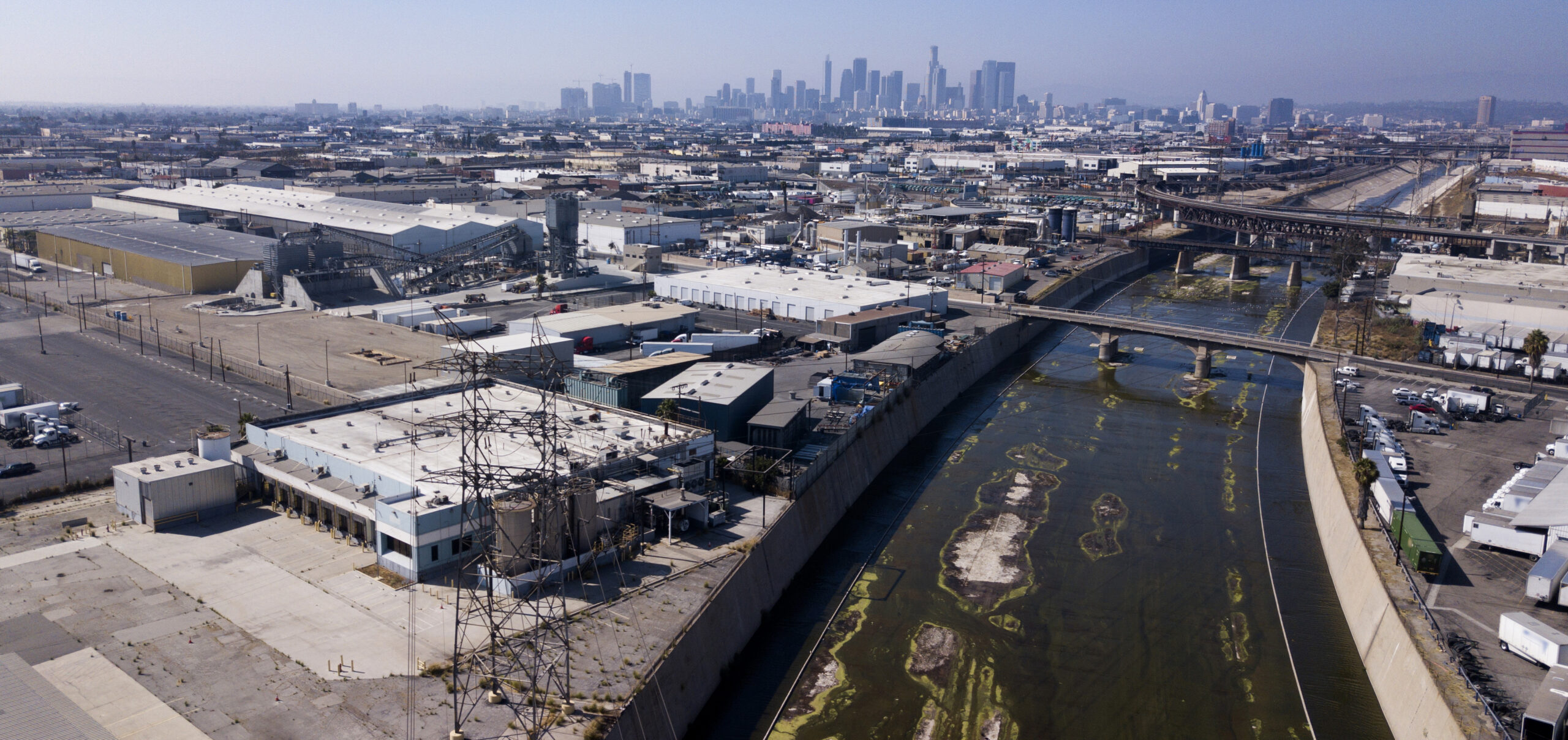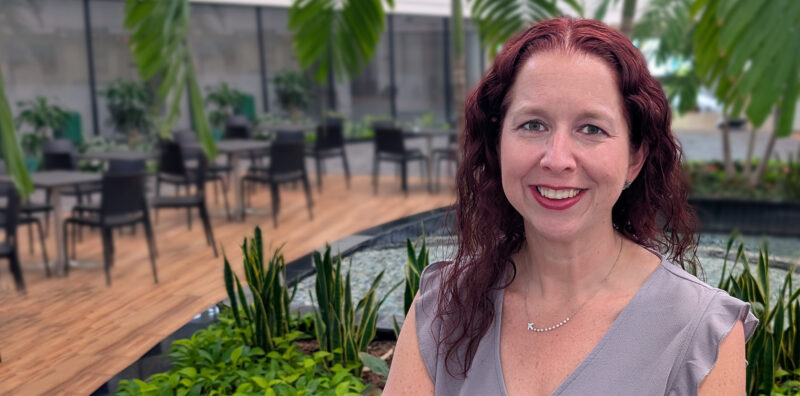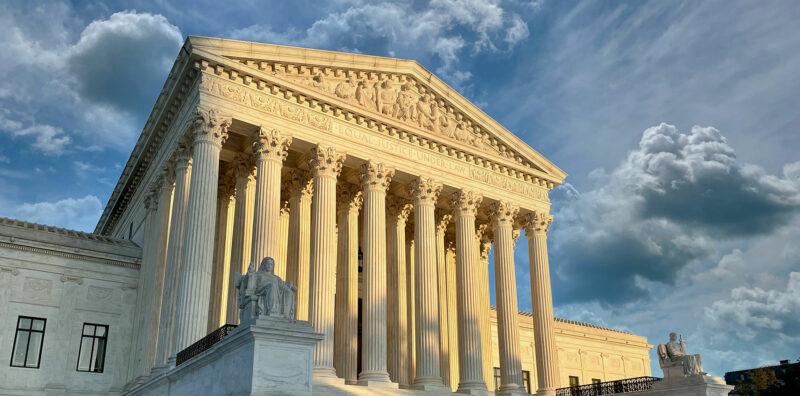To protect critical ecosystems and water supplies amid growing climate and regulatory pressures, ESA partners...

Exide Battery Recycling Facility Off-Site Cleanup EIR
The Exide Battery Recycling Facility closed in 2015 after 90 years of lead battery recycling and smelting on the site. Through its operations, the Vernon-based recycling facility emitted lead and other chemicals into the air and onto the site. The Department of Toxic Substances Control developed a Cleanup Plan to remove lead-impacted soil in residential and other sensitive-use properties within an approximate 1.7-mile radius of the site so as to protect sensitive areas and residents nearby.
Why does this project matter?
The Cleanup Plan focused on removing the affected soil at residences, schools, day care/childcare facilities, and parks. Of concern was the removal and transport of the contaminated materials, which have the potential to negatively impact the environment of the investigation area. The Environmental Impact Report analyzed the potential impacts of the cleanup effort to allow for the expedited removal of the contaminated soil, safely.
What is ESA doing to help?
Under an aggressive schedule, ESA completed an Environmental Impact Report and the supporting technical studies to facilitate implementing the cleanup in the area. ESA analyzed the air quality, traffic, safety, and noise to address and mitigate the potential impacts of the staging and movement of trucks and equipment in an urban environment.
In addition to performing the analyses necessary to determine and mitigate potential environmental impacts, ESA prepared presentations and materials to support DTSC at community meetings, supporting public outreach to communicate the plan to the seven jurisdictions—Bell, Commerce, Huntington Park, Boyle Heights community of Los Angeles, Maywood, and Vernon, and the East Los Angeles neighborhood of Los Angeles County—that make up the cleanup area. This large-scale public outreach effort involved multi-media presentations, translation services, and public noticing in the evenings and weekends to accommodate business and resident participation.
Connect with our team
News & Ideas
ESA is pleased to announce the appointment of new practice leaders to oversee two of...
ESA is thrilled to announce the promotion of Autumn Ward to the role of Airports...
In our industry, we must consider compliance with the federal Endangered Species Act (FESA) when...
How the Supreme Court narrowed the consideration of indirect and cumulative effects under NEPA. The...
This is the second in a series of articles exploring how ESA is working with...







